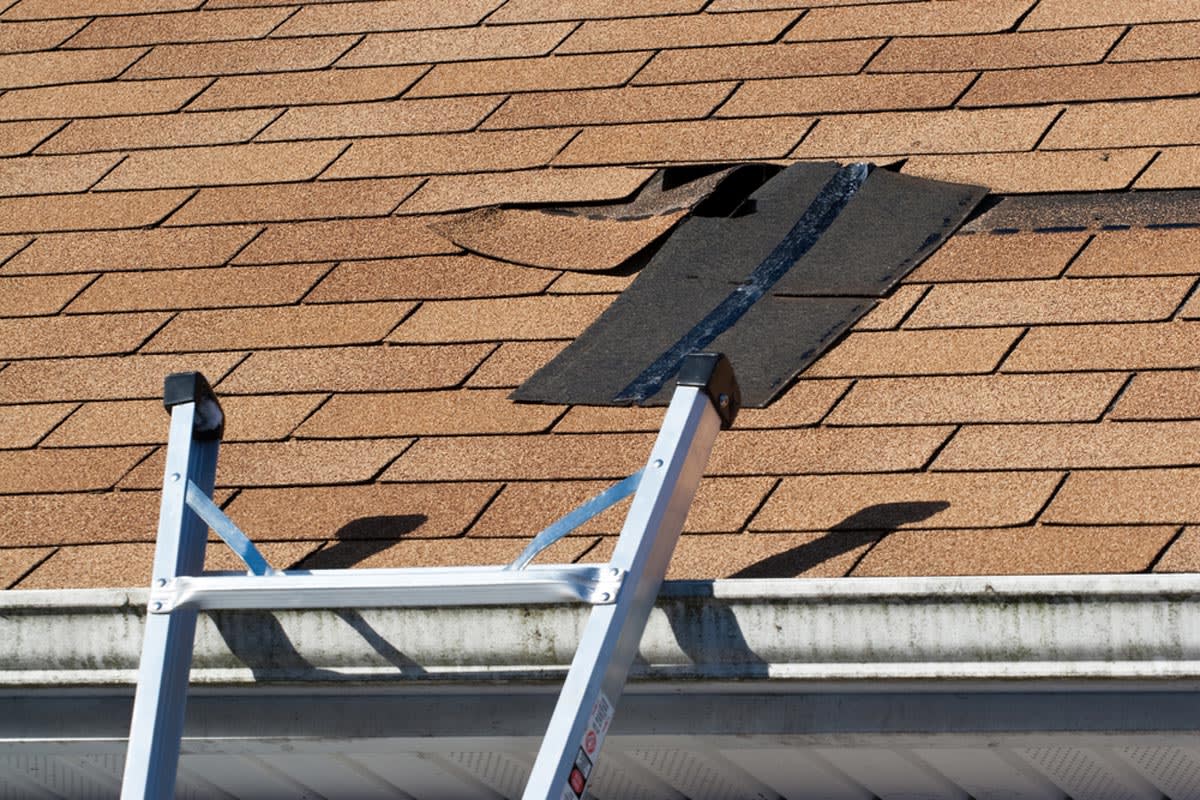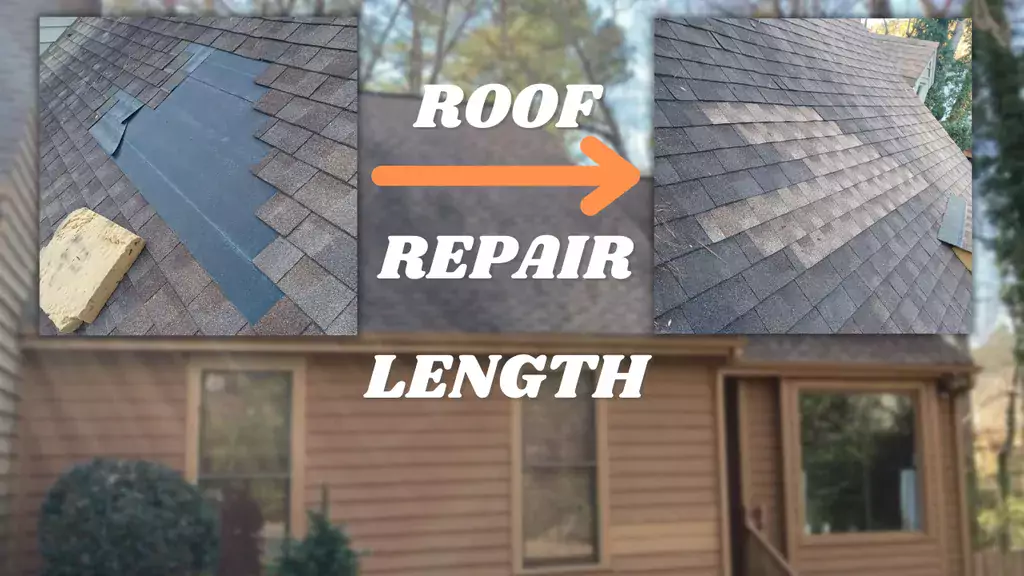Roofing Oahu: Professional Professional Roofer for Your Oahu Residential or commercial property
Roofing Oahu: Professional Professional Roofer for Your Oahu Residential or commercial property
Blog Article
Understanding the Various Types of Roof Coverings: A Comprehensive Overview for Homeowners
With an array of options-- ranging from the traditional gable to the modern level-- each type offers unique benefits and obstacles that ought to align with the homeowner's particular requirements and environmental considerations. As we discover the intricacies of numerous roofing kinds, it ends up being evident that one size does not fit all; the ideal option may surprise you.
Gable Roofings
Gable roofs, characterized by their triangular form, are among one of the most prominent roof covering styles because of their simplicity and effectiveness in shedding water and snow. This design features two sloping sides that satisfy at a ridge, enabling effective water drainage and reducing the threat of water accumulation. The high pitch frequently related to saddleback roofs boosts their ability to take care of heavy precipitation, making them appropriate for different environments.
In addition to their practical benefits, gable roofs provide visual adaptability. They can be adapted to numerous architectural designs, from standard to modern homes. The style can likewise accommodate extra attributes such as dormer home windows, which improve natural light and ventilation in the attic area.
Moreover, gable roofing systems offer adequate area for insulation, contributing to energy performance. Homeowners can choose from a range of roof materials, including asphalt roof shingles, metal, and tiles, even more boosting modification options.
In spite of their advantages, gable roofing systems might need added assistance in areas susceptible to high winds or heavy snowfall. Generally, the gable roof stays a preferred choice due to its mix of performance, durability, and aesthetic allure.
Flat Roofs
Level roofings are frequently recognized for their minimal style and functional applications, specifically in industrial and industrial settings (oahu roofing). These roofing systems feature a almost horizontal or straight surface, which allows for easy construction and versatile space usage. While they may do not have the aesthetic allure of angled roofs, flat roofs supply various benefits, particularly in metropolitan atmospheres where taking full advantage of room is crucial
One of the key advantages of level roofs is their accessibility. Property owners can make use of the roof covering area for different functions, such as rooftop gardens, balconies, or solar panel installations. In addition, level roof coverings are commonly much more economical to preserve and set up contrasted to their sloped counterparts, as they require fewer materials and labor.
Nevertheless, flat roofs do existing specific challenges. Correct water drainage is vital to protect against water pooling, which can cause leaks and architectural damage. For this reason, selecting high-grade waterproofing materials and routine examinations are vital for guaranteeing durability. Common products used for flat roof coverings include built-up roofing (BUR), modified asphalt, and single-ply membrane layers, each offering distinct advantages. In general, flat roof coverings serve as a practical and versatile choice for lots of property owners and organizations alike.
Hip Roofs
Hip roof coverings are identified by their sloped sides that converge on top, developing a ridge. This layout stands out from saddleback roofs, as all 4 sides of a hip roofing incline downwards towards the walls, providing a more steady framework. The angle of the inclines can vary, allowing for versatility in Going Here building looks and capability.
Among the main advantages of hip roofing systems is their capability to stand up to heavy winds and adverse climate condition. The sloped surface areas enable look at this website better water drainage, decreasing the danger of leakages and water damage. Additionally, hip roofings use boosted attic room, which can be utilized for storage space or perhaps exchanged habitable locations.
Nevertheless, constructing a hip roofing can be more expensive and complex than less complex roofing kinds, such as gable roofing systems. The extra product and labor included in producing the slopes and making certain proper architectural stability can result in higher costs. Despite these drawbacks, many homeowners favor hip roofings for their longevity, aesthetic charm, and possibility for energy effectiveness.
Mansard Roofing Systems
Mansard roofings, frequently acknowledged by their one-of-a-kind four-sided design, feature 2 inclines on each side, with the reduced incline being steeper than the top. This building design, originating from France in the 17th century, is not only cosmetically appealing yet functional, as it makes the most of the usable room in the upper floorings of a building. The high reduced slope enables for more headroom, making it an ideal option for lofts or attics, which can be transformed into living areas.
Mansard roofings are identified by their adaptability, suiting different architectural styles, from standard to contemporary. They can be built with various materials, including asphalt tiles, slate, or metal, offering homeowners with a variety of alternatives to fit their preferences and spending plans. In addition, the design allows for the assimilation of dormer windows, improving natural light and ventilation in the upper levels.
However, it is necessary to take into consideration the prospective drawbacks. Mansard roofs may need more upkeep due to the intricacy of their layout, and their high inclines can be challenging for snow and rainfall drainage. In general, mansard roofing systems combine elegance with functionality, making them a prominent choice amongst house owners looking for distinct building functions.
Shed Roof Coverings
As property owners significantly seek simpleness and performance in their architectural layouts, lost roofs have actually become a prominent option. Characterized by a single sloping plane, a shed roof presents additional reading a minimalist aesthetic that complements numerous home designs, from modern to rustic.
One of the primary benefits of a shed roof is its straightforward building and construction, which often translates to reduce labor and product prices. This design allows for effective water drain, minimizing the danger of leakages and water damages. Additionally, the vertical incline gives ample room for skylights, enhancing all-natural light within the inside.
Lost roofs also supply adaptability in regards to use. They can be effectively integrated into additions, garages, or outdoor structures like structures and sheds. In addition, this roofing system style can accommodate different roofing products, including metal, asphalt tiles, or also environment-friendly roofings, aligning with environment-friendly efforts.
Nevertheless, it is important to take into consideration regional environment conditions, as hefty snow lots may require changes to the roof's angle or framework. Generally, lost roofing systems provide a functional and aesthetically pleasing choice for property owners wanting to maximize capability without jeopardizing design.
Conclusion


Gable roofing systems, characterized by their triangular form, are among the most prominent roof covering styles due to their simpleness and performance in losing water and snow. oahu roofing. The steep pitch frequently linked with gable roof coverings enhances their capability to deal with hefty precipitation, making them appropriate for different climates
While they might lack the aesthetic charm of pitched roofing systems, level roofing systems supply countless advantages, particularly in urban atmospheres where maximizing space is critical.

Report this page